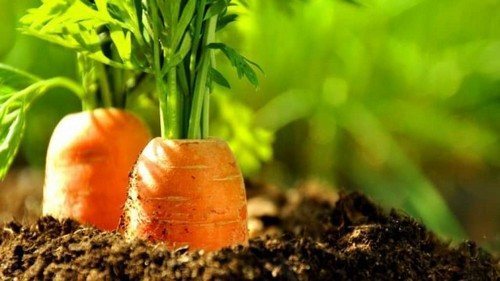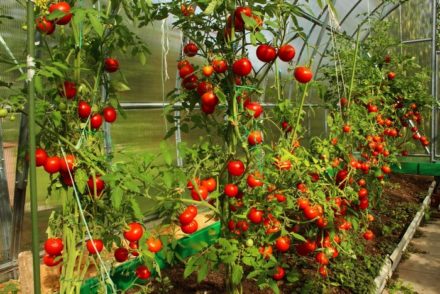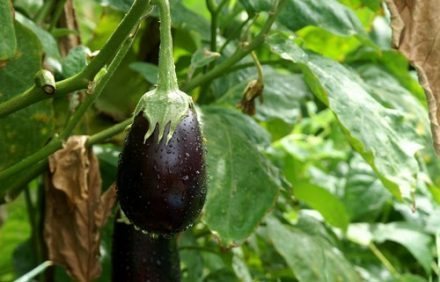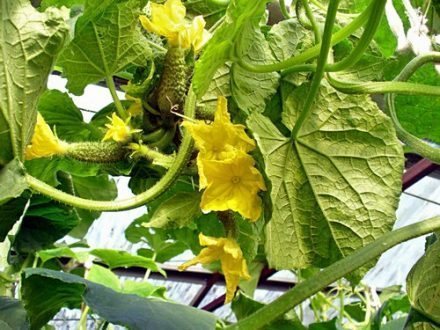If you ask any child and even an adult what color a carrot is, he will answer that this juicy and sweet root vegetable is orange in color. However, in fact, carrots can be of completely different colors (white, yellow, red, purple and even black), and they became orange quite recently, only at the beginning of the 17th century.

Why do carrots come in different colors?
The Umbrella family, to which carrots belong, has existed on the planet for more than one million years. Wild varieties of this plant have been distributed since time immemorial from Asia, where dark-colored varieties were predominantly common, to the Mediterranean, where light yellow carrots were cultivated.
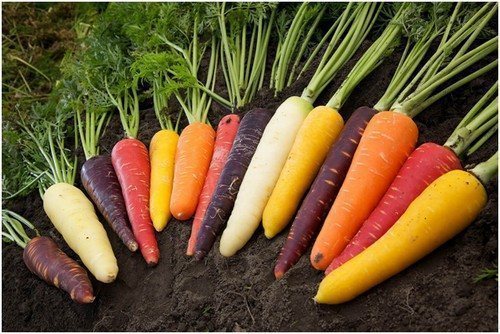
At the beginning of the 17th century in the Netherlands, either as a result of accidental pollination or as a result of selection by vegetable growers, juicy and sweet root vegetables of a beautiful orange color were obtained. Excellent taste contributed to the rapid spread of this variety of carrots and the displacement of its ancestors.
Plant pigments are responsible for the different colors of root vegetables, the beneficial properties of which are well known to adherents of a healthy diet:
- What makes carrots orange is carotene or provitamin A, an antioxidant that is important for vision and helps protect the skin from the harmful effects of sunlight;
- The yellow color of root vegetables is given by lutein, a substance that improves visual acuity and maintains cognitive capabilities (memory, thinking) at a high level;
- purple, blue, red and black fruits contain anthocyanins - plant pigments that can protect the cells of the human body from aging and degeneration;
- bright red carrots come from lycopene, a phytonutrient that reduces the risk of developing cardiovascular diseases, heart attacks, and strokes;
- Root vegetables are colored burgundy by betaine, which protects cell membranes and accelerates food digestion.
The amount of benefit they will bring to the body depends on how varied in terms of color vegetables and fruits are present in the daily diet.
Original varieties of multi-colored carrots
Painstaking breeding work has made it possible to obtain hybrid varieties of carrots of various varieties that are not inferior in taste to orange root vegetables.
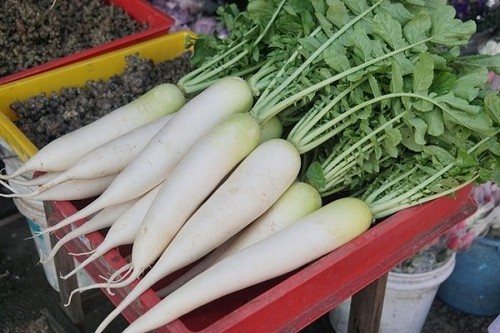
Modern white hybrids were obtained by American scientists who replaced beta-carotene with a genome that produces vitamin E. The result was an umbrella plant with root vegetables without the bitterness that was present in wild varieties.
Popular white varieties are White satin and Lunar white. Although they do not contain useful pigments, they are indispensable for people with allergies to red and orange vegetables.
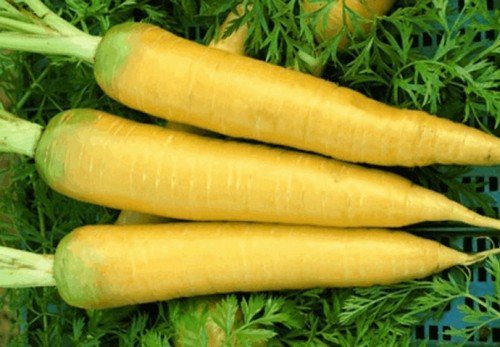
Most varieties of yellow carrots do not have a long shelf life, so they are not suitable for winter storage.Due to the juiciness and sweetness of root vegetables, they are used in the production of juices and for canning. To grow this yellow vegetable in the beds, you need to look for seeds of the Solar Yellow and Yellowstone varieties.
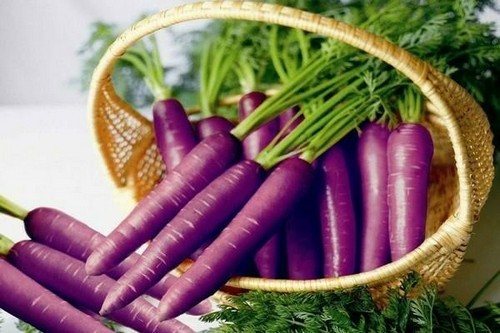
The purple vegetable contains not only beta-carotene, but also anthocyanins, which can suppress absolutely all viruses, so root vegetables of this color are worth growing in your garden. However, it is worth considering one nuance: purple carrots stain absolutely everything and fade when cooked. Purple hybrids - Purple Sun, Cosmic Purple.
And if you want everything at once, then you should pay attention to the Rainbow variety. Its seeds can be used to grow root vegetables in yellow, red, pink and purple colors. All plant varieties, regardless of color, are unpretentious; they are grown in the same way as the usual orange root vegetables.


